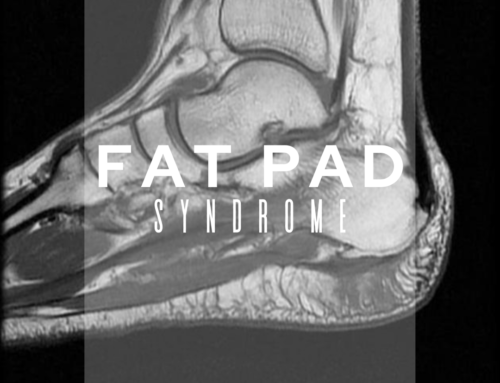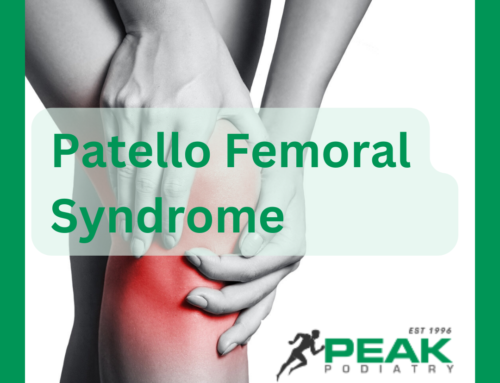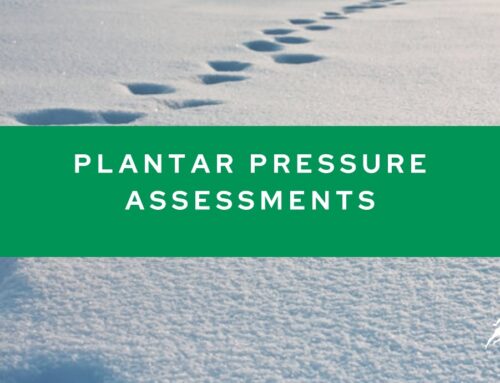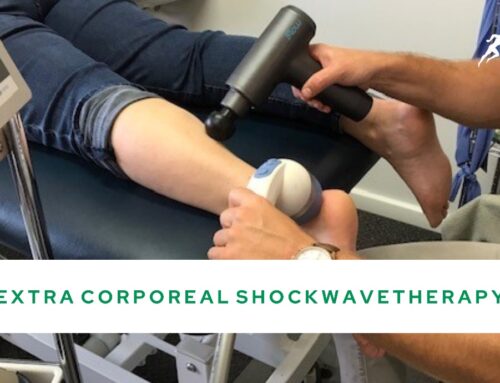Genu valgum, is a condition where the knees touch but the ankles do not. It appears most frequently in young children and can be concerning for parents who may know little about the condition.
Genu valgum is more commonly referred to as ‘Knock Knee’. When someone with knock knee stands with their knees together, there is a gap between the ankles of around 8cm or more. With this knock knee presentation, the person is often unable to stand with their feet together without the knees overlapping or getting in the way. Knock knee is the opposite to be being bow-legged.

What’s normal?
Knock knees are typically seen most noticeably in younger children between the ages of 3-5. Normal developmental progression will see children bow legged at birth, then maximal knock knees 3-5 yrs and ideally largely this alignment will straighten by age 7yrs. It is however not uncommon for this knock knee alignment to progress beyond childhood and into adulthood.
What causes this?
Basically, we can blame mum and dad. Genetics determined bone shape and anatomical angles. Whilst bone and joint shape is a main consideration and cause, there are ‘functional influences’ that also greatly influence the degree of knock knee with standing, walking and running.
These functional influences include muscle strength of the legs and around the hips, along with rolling in of the foot (ie pronation / flat feet). These factors contribute to the inward lean of the knees and knock knee position.
These unnatural angles will often create biomechanical load stresses through muscles and joints and can see people develop aches and pains.

What’s the treatment?
For many, mild knock knees are not a problem and won’t require any treatment or intervention. For many parents of younger children, it’s often reassurance of what is normal given the age of the child and their development norms.
If there was a concern of the degree of ‘knock kneed’, or pain was present, then functional improvement and relief of symptoms can be achieved with strength exercises and support of the foot through orthoses and footwear. Surgery is rarely required except is extreme circumstances.
As always, should you have any queries regarding this or any other issues, please feel free to contact the Peak team who are only too happy to help.








Leave A Comment